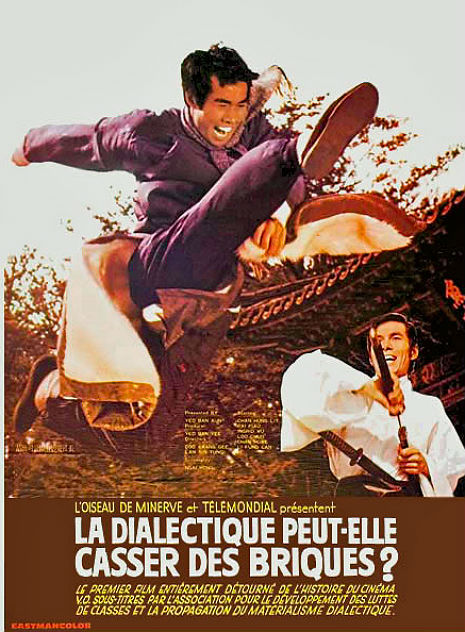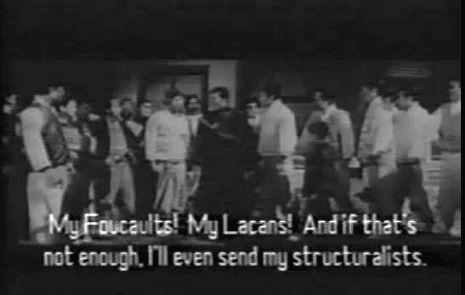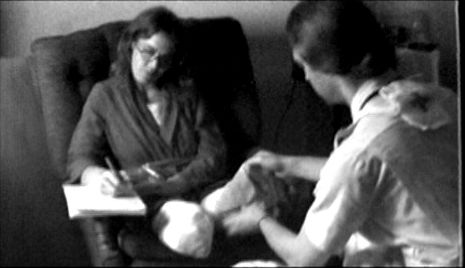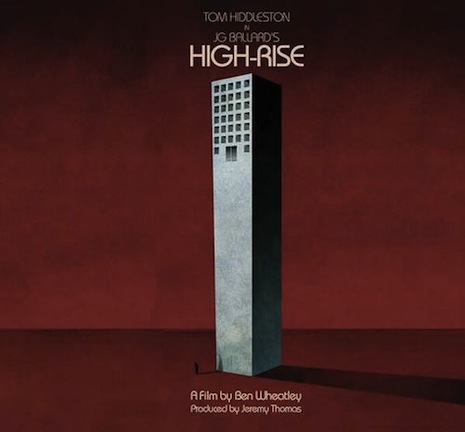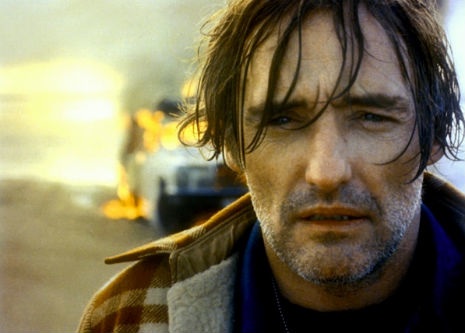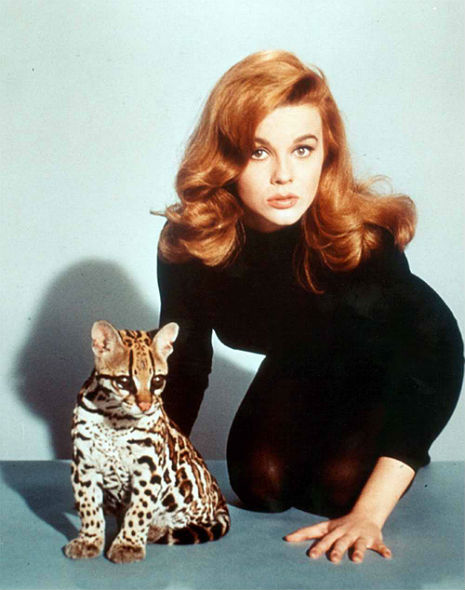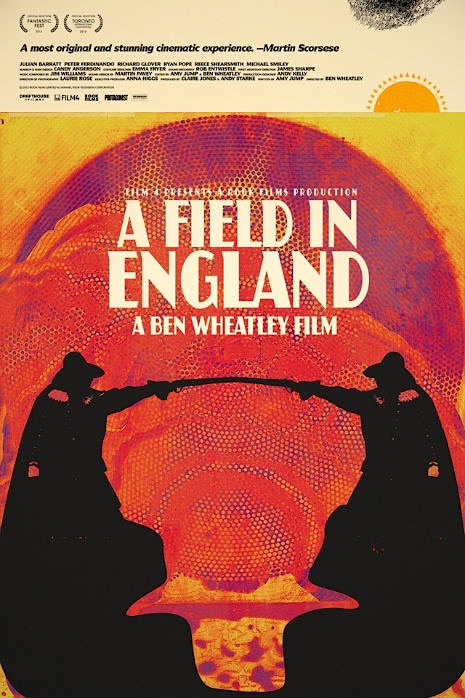
There’s an horrific scene in Ben Wheatley’s latest film, the truly excellent A Field in England, which proves the merit of the old adage that the most gruesome moments in any movie are more effectively achieved when they are suggested rather than revealed.
In this particular scene, the character Whitehead (superbly played by Reece Shearsmith) is tortured by the diabolical O’Neill (another excellent performance from Michael Smiley). Rather than showing what happens, Wheatley audaciously keeps any physical violence out-of-vision, leaving only Shearsmith’s terrifying screams to suggest the worst, the very worst. It is one cinema’s genuinely horrific and visceral moments, and yet nothing is ever seen.
A Field in England confirms Ben Wheatley as the most talented and original film-maker to come out of Britain since the glory days of Ken Russell, Tony Richardson, Lindsay Anderson and John Boorman in the swinging sixties.
Unlike most young directors who show flair with one type of genre film before going on to make variations of the same time-and-again, Wheatley has shown with his first four films that he is an immensely talented and important film-maker, whose movies defy easy categorization yet engage their audience with intelligent and sometimes disturbing ideas.
His first major film Down Terrace was a blackly comic tale of murder and violence set in a working class family home, which Wheatley co-wrote with the film’s star Robin Hill. It was described as being like The Sopranos as directed by Mike Leigh. It’s a nice soundbite but doesn’t quite encapsulate the thrilling intelligence that was at work behind the camera.
Wheatley’s next film was the brutal, disturbing but utterly brilliant Kill List, which contained one of the most harrowing endings ever committed to celluloid. Kill List was written by Wheatley and his wife, the writer Amy Jump, and starred Neil Maskell, MyAnna Buring and Michael Smiley.
Having shown his aptitude for gangster and horror films, Wheatley then made the black comedy Sightseers, written by the film’s lead actors Alice Lowe and Steve Oram, in conjunction with Amy Jump.
Wheatley’s latest film A Field in Englandwas also written by Jump, and together this talented duo have created an intelligent head trip, a radical genre-bender, that mixes alchemy and the occult, with history, horror, psychedelia and folk tales. Starring The League of Gentleman‘s Reece Shearsmith, along with Peter Ferdinando, Richard Glover, Ryan Pope, and a terrifying Michael Smiley, A Field in England is certainly one of the best films of 2013-14.
Without giving too much away, the movie centers around four men escaping from a battle during the English Civil War (1642-1651), when the forces of democracy or Parliament (the Roundheads) fought against the Royalist armies (the Cavaliers) for control of England. The main players in this war were the Cavalier, King Charles I and the Roundhead, Oliver Cromwell, and the poor canon fodder in-between.
Wheatley’s interest in this momentous period of English history came through his work with the Sealed Knot Society, a group of individuals who specialize in reconstructing battles from the English Civil War.
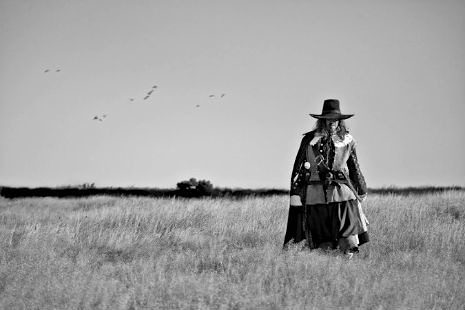
‘A Field in England’ is in cinemas now, or can be watched from Drafthouse Films here.
The interview with Ben Wheatley follows after the jump…







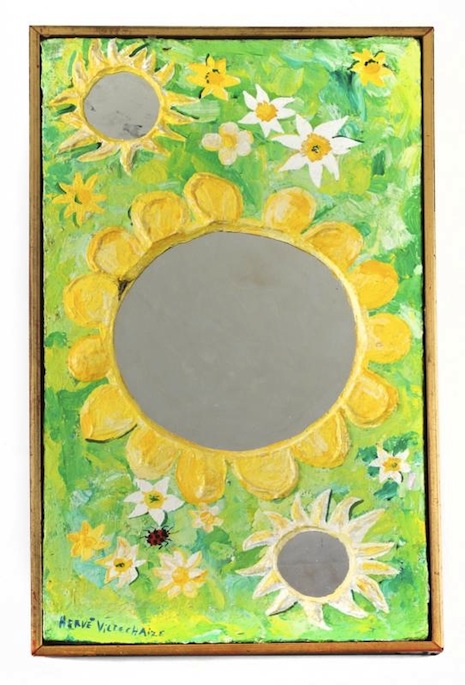
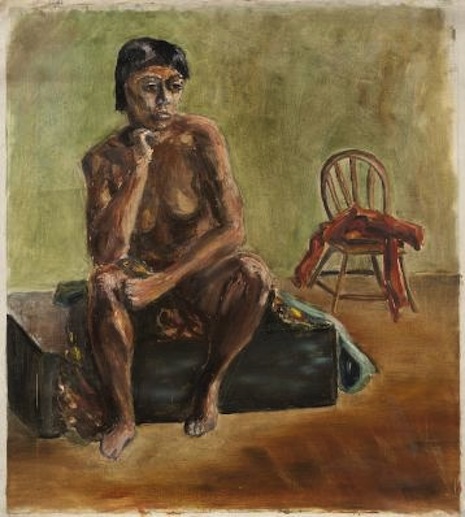
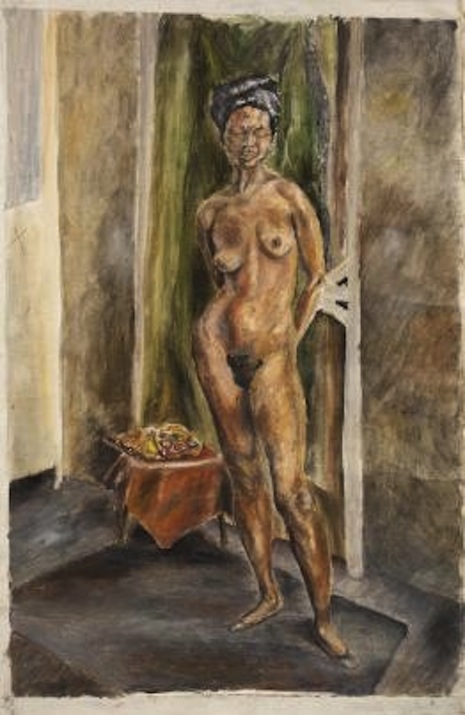
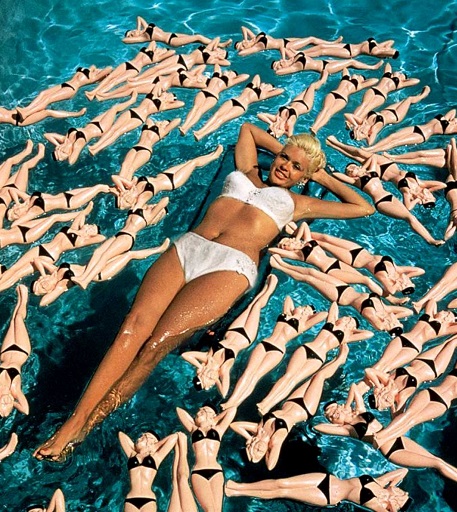

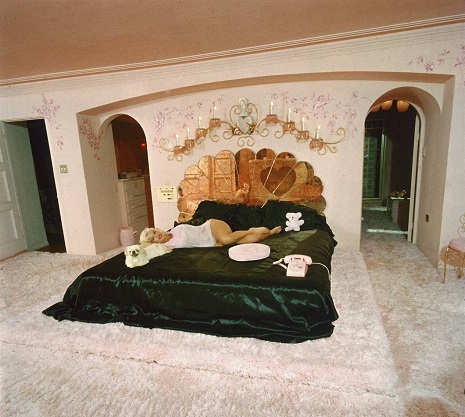
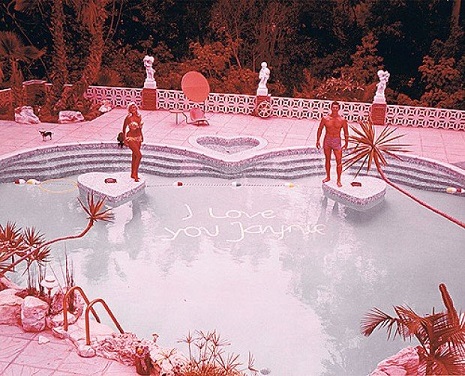



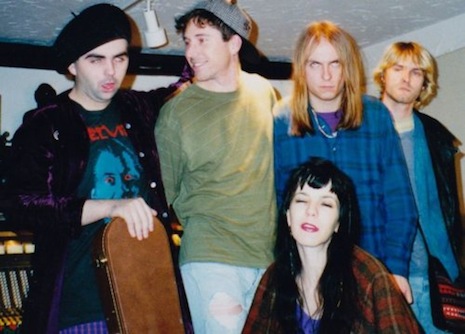
.jpg)
